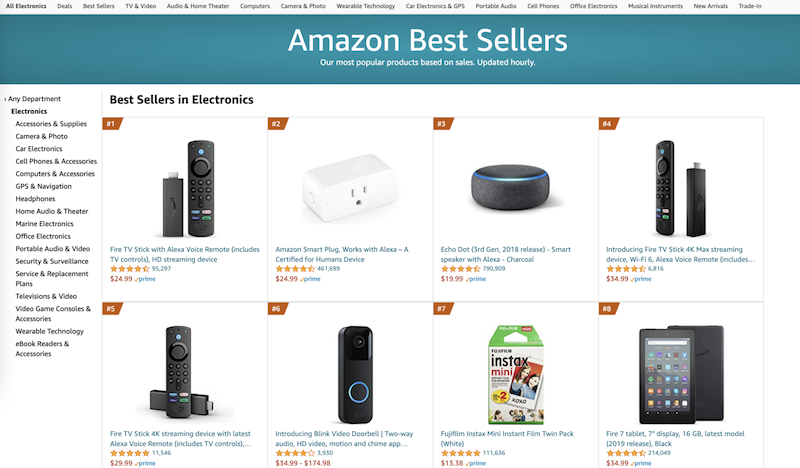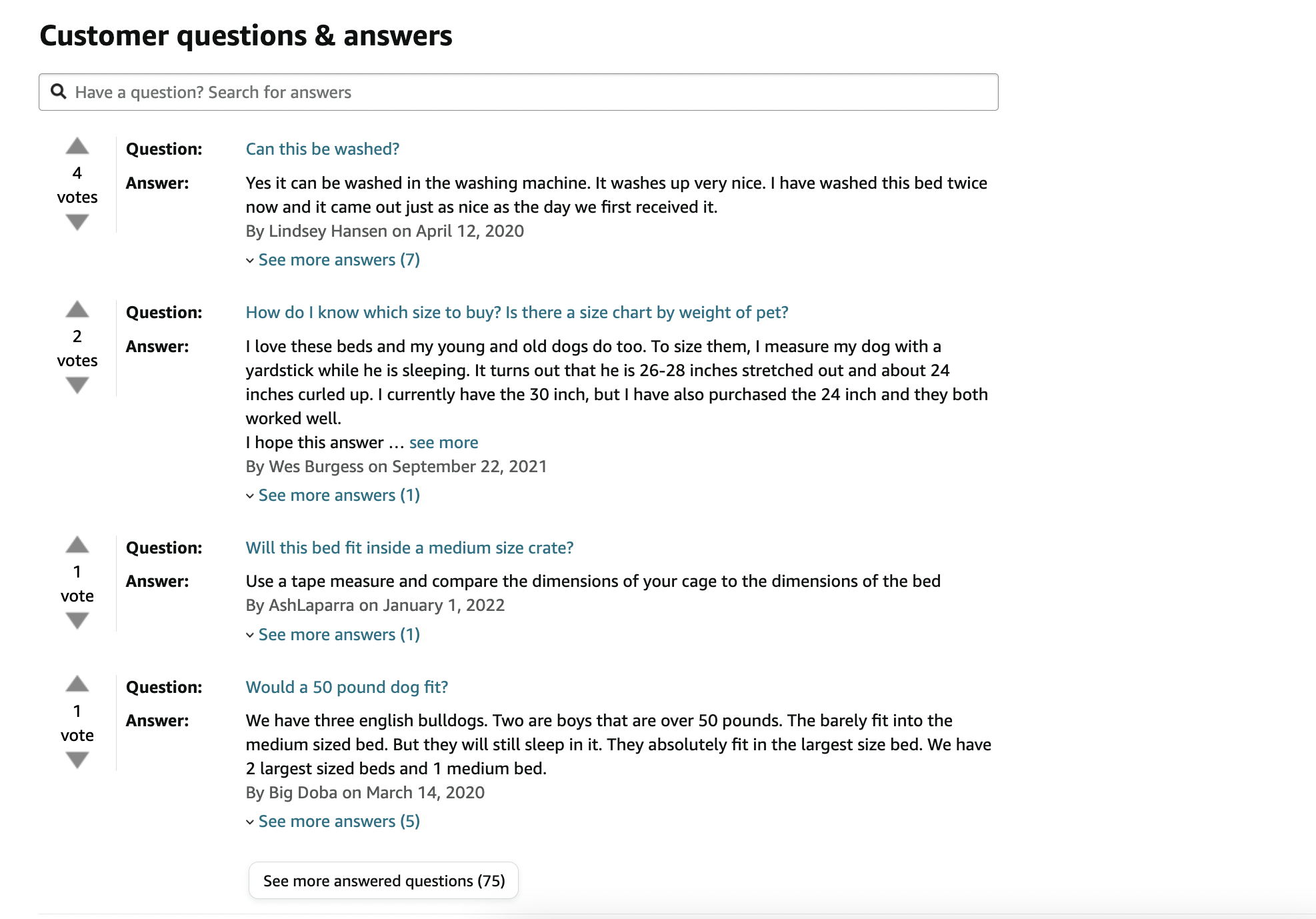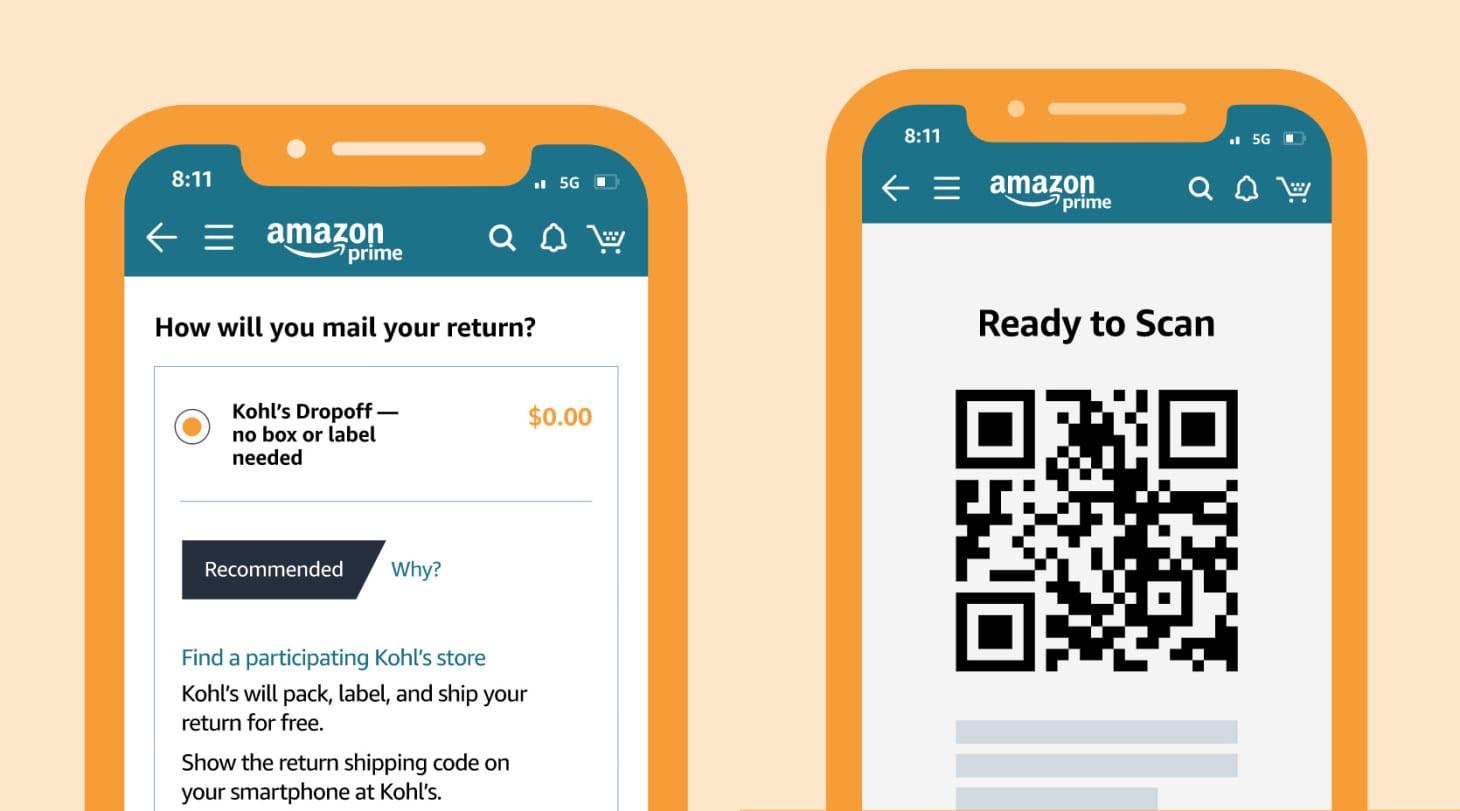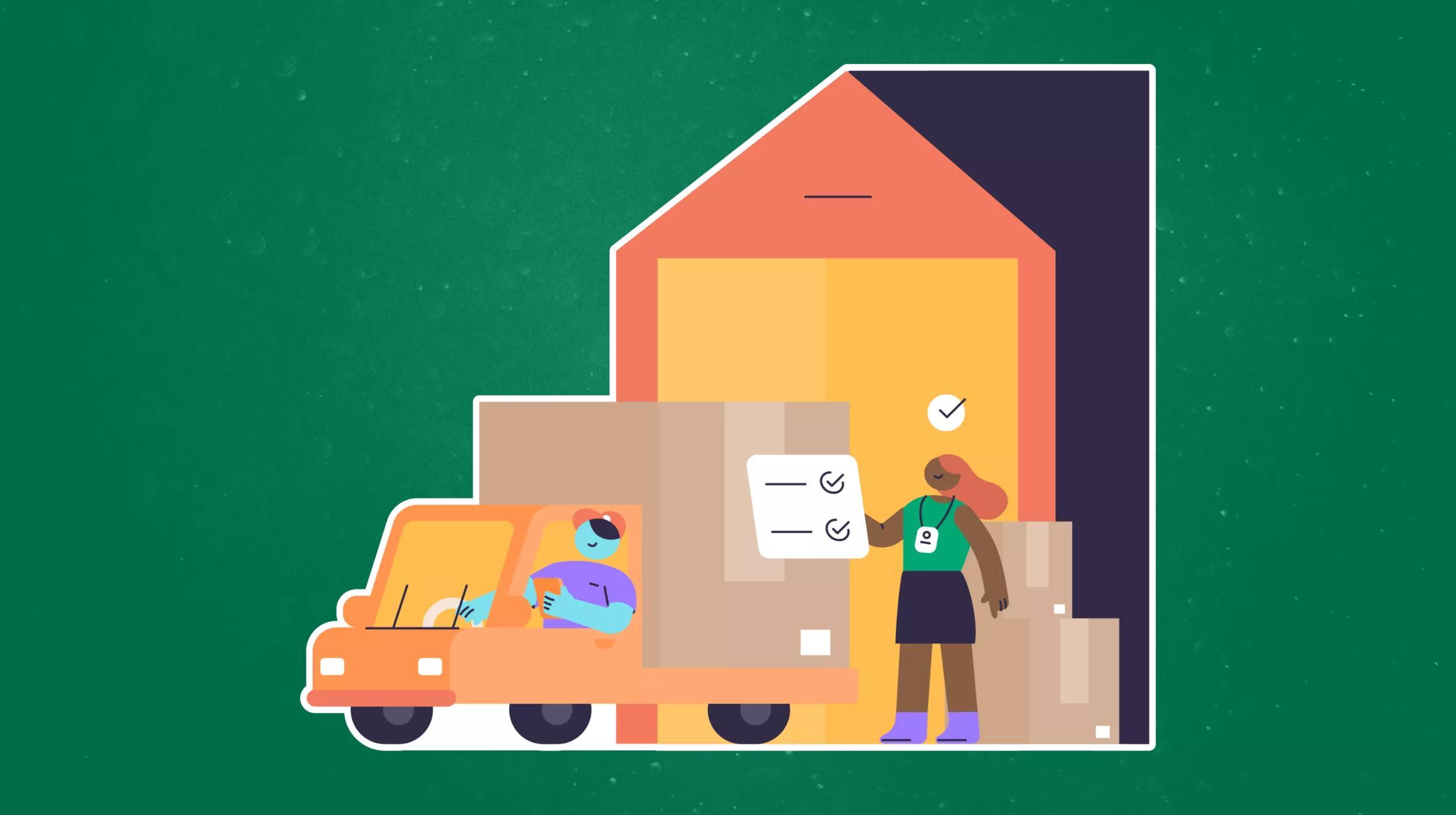Amazon has come a long way from its humble beginnings as an online bookseller. Since its launch in 1994, Amazon has grown to become an ecommerce behemoth. These days, it’s one of the first places shoppers turn to buy anything from cleaning products to the latest tech gadgets.
And with $470 billion in sales globally, Amazon is the uncontested ecommerce leader and continues to grow and innovate.
This success took years to achieve and is due in part to Amazon’s strategic approach to growth. Although Amazon has now expanded into other avenues like streaming and food delivery services, any ecommerce business, regardless of where they start, can learn from Amazon’s example to grow their business and attract and retain more customers.
Here are six lessons that are at the center of why Amazon is so successful. Use them to make your ecommerce business more popular and profitable.
1. Highlight what other customers love
Long-term growth requires a customer-focused approach. When every aspect of the business prioritizes and anticipates the customer’s needs, your company is set to increase customer satisfaction and retention.
One way Amazon meets the needs of its customers is by tapping into the power of social proof through reviews and recommended products. On each product page, Amazon includes a section of recommended products based on what other customers who viewed that product have also viewed.

[Source]
Amazon gives its consumers the evidence and options they need in order to make a purchasing decision. Providing users with a “customers also bought/viewed” section taps into the consumer’s fear of missing out on the best or trendiest options. These sections also work to keep Amazon users engaged and continuously browsing.
Providing social proof pays off for brands. According to a Brightlocal consumer survey, 79% of people trust online reviews as much as word of mouth. Moreover, 94% said they are more likely to purchase from a business with positive reviews, and 92% said they are less likely to purchase from those with negative reviews.
What you can do
We live in an age where people share their experiences online, and reviews hold more weight than brand marketing.
Use this audience preference to your advantage by focusing on ways to make your customers happy. If you do a good job, your customers are more likely to share their experiences, which will help grow your customer base and increase your revenue — by lowering customer acquisition cost (CAC) and potentially boosting lifetime value (LTV).
2. Incorporate data analysis into your decision making
Amazon prides itself on its commitment to innovation and testing. They test every aspect of their business — from pricing to product selection — so decisions are based on customer needs and not what Amazon thinks customers might want.
As Bezos puts it, “Our customers are loyal to us right up until the second somebody offers them a better service. And I love that. It’s super-motivating for us.”
In part, it’s this constant threat of customers switching to the competition that drives Amazon’s innovation. Even though it’s the largest ecommerce retailer, with a worldwide revenue of $469.82 billion, Amazon is constantly in competition with other businesses.
Improving the products they already sell also helps Amazon achieve success. For example, as more customers choose to equip their homes with devices that make modern-day living more interactive and seamless, smart home devices increase in popularity. To compete with a smart speaker like Google Home, Amazon continues to upgrade its Echo to include more distinctive features. As a result, the Amazon Echo dominates the global smart speaker market.

[Source]
When it comes to features, Alexa on Amazon Echo was one of the first versions of voice-controlled tech. Amazon has gone further with its smart speaker tech to release the Amazon Echo Dot, a smaller, more affordable version, as well as the Echo Show to further cater to customers’ need to be connected.
What you can do
Be strategic about testing your products regularly and coming up with new ideas to meet evolving customer needs. For example, run A/B tests by selling limited edition products to test customer interest, send customer surveys, or use a Net Promoter Score (NPS) survey to find who your promoters are and how many, so you can cater to their specific needs. Combine these efforts so it’s easier to make decisions and create innovative products, features and services based on data.
3. Get to know your customers
Amazon is constantly tracking and learning about its customers. As customers search and add products to their cart, Amazon uses this behavioral data to make product recommendations. The online marketplace shows customers products related to items they’ve recently browsed and based on their search habits:

At the bottom of the homepage, customers can also see more recommendations based on recent purchases and a history of products they’ve recently viewed. All of this information guides customers to buy more.
This personalization pays off. According to Evergage research, 78% of marketing professionals believe that personalization has a strong or extremely strong impact on advancing the customer relationship. Moreover, 92% say that customers or prospects expect a personalized experience. Whether it’s through email, website, or in person, successful marketers use data to provide better customer experiences and increase loyalty.
What you can do
Personalize your customer’s shopping experience based on their past behavior, location, and interest list of the customer’s recently searched items at the bottom of your product pages. This makes it easy for them to find the items and add them to their cart.
On your homepage, list products customers might be interested in based on what they’ve purchased or browsed in the past. If you let customers set up accounts on your store, consider setting up a past orders menu option. This feature makes it quick and easy for customers to find what they need and buy it again.
4. Build a community of trust through reviews and Q&As
When it comes to purchase decision-making, people often look to one another for guidance. Online reviews and question-and-answer sections can help increase trust and purchases. Research shows the most important aspect of a customer’s purchasing decision is high ratings and reviews. Consumers even prefer positive product feedback over discounts, coupons, or loyalty program offers.
Amazon taps into this trait of human nature by offering user reviews and a question-and-answer section. Through these features, the online marketplace builds a community where consumers can educate each other and move along the customer journey.
Amazon proactively asks recent customers to rate and review their experience. This feedback appears on the product page with a “verified purchase” flag, which adds to the trustworthiness of the review.

[Source]
Amazon also offers a customer question-and-answer section at the bottom of its product pages to give shoppers the option to ask specific questions before they buy something. Past customers provide answers:

[Source]
Both of these options make it possible for shoppers to rely on other customers for information and not solely on Amazon. Shoppers can read about honest experiences from other customers and base their purchasing decisions on feedback from those with similar needs.
What you can do
Send follow-up emails to customers to request a review of your product. You can also post requests for reviews in each customer’s personal dashboard, so when they log in, they’re reminded to submit a review directly on your site. Like Amazon, you should flag reviews to make it clear they’re submitted by people who actually bought the products they’re reviewing.
5. Build a loyalty program to incentivize customers
Loyalty programs increase engagement and profitability for companies. 79% of consumers stated that loyalty programs make them more likely to continue doing business with brands.
Amazon launched their loyalty program, Amazon Prime, in 2005 as a membership service that offered two-day free shipping and other benefits, like no minimum purchases or consolidating orders. In 2015, the service gained even more attention when Amazon Prime Day was launched. For one day only, Amazon Prime members have access to deep discounts and exclusive offers.
Prime has evolved since then to also include exclusive offers at Whole Foods grocery stores, access to their streaming platform and music service, and much more. As of 2021, Prime Day continues to be extremely popular with its members, bringing in $11.19 billion in global sales.

[Source]
Prime isn’t a loyalty program where customers automatically qualify — they have to pay an annual fee to join. But for many consumers, this fee is worthwhile as long as the program offers decent benefits. According to ClarusCommerce, over 70% of customers are even willing to pay a premium to join a loyalty program.
Shoppers are willing to pay for a Prime membership to gain access to all the benefits—special discounts, free shipping, entertainment, and more. The program taps into customers’ classic desires of saving money, fast deliveries, and easy returns.
What you can do
Create a program that offers incentives that get customers to come back to the store regularly and take advantage of special offers. For example, include access to free shipping, limited-time discounts, and other membership perks.
You can also personalize your membership benefits by offering timely gifts. Studies show that, in addition to saving money, 79% of customers want loyalty programs that care about them. Offer customers special rewards and bonuses during important occasions — like a membership anniversary or birthday — to show customers your brand values them.
6. Think of new ways to evolve
Amazon continues to grow as a result of its dedication to trying new things. If you maintain a mindset focused on evolution, you can foster more opportunities for growth. Amazon continues to grow as a result of its dedication to research and development, from scientific discoveries to improving its inventory planning system to developing the Amazon Fire Stick. The marketplace’s commitment to innovation keeps their business running smoothly and continuously growing.

[Source]
In the U.S., Amazon has made returns as simple as bringing your items (sometimes even unboxed) to locations like UPS, Whole Foods, or Kohls. They’ve partnered with these companies and introduced a QR code each place can scan to process your returns.

Source: Kohls/Amazon via Apartment therapy
Amazon’s focus on producing new ways to make the customer experience simple, seamless and entertaining keeps their shoppers engaged. Whether it’s by introducing new TV and movie programming as part of Prime membership or access to new audio content, Amazon is always looking for new opportunities to capture its audience.
What you can do
To innovate, look at what your competitors offer and find gaps you can fill. Listen to what customers are saying on social media, and ask your customer support representatives to log insights they get when customers call in.
Use any avenue where customers share information as an opportunity to learn from them and improve your business and product offerings.
Leveraging examples of what makes Amazon so successful
Since launching in 1994, Amazon has experimented and learned lessons to become the ecommerce giant it is today. Follow in the marketplace’s footsteps by tackling your growth strategically. Start with small changes, test and adjust. Pay attention to your customers and the changing landscape of ecommerce. Be persistent and dedicated with your innovation. If you have patience with the process, over time, you’ll see results.





